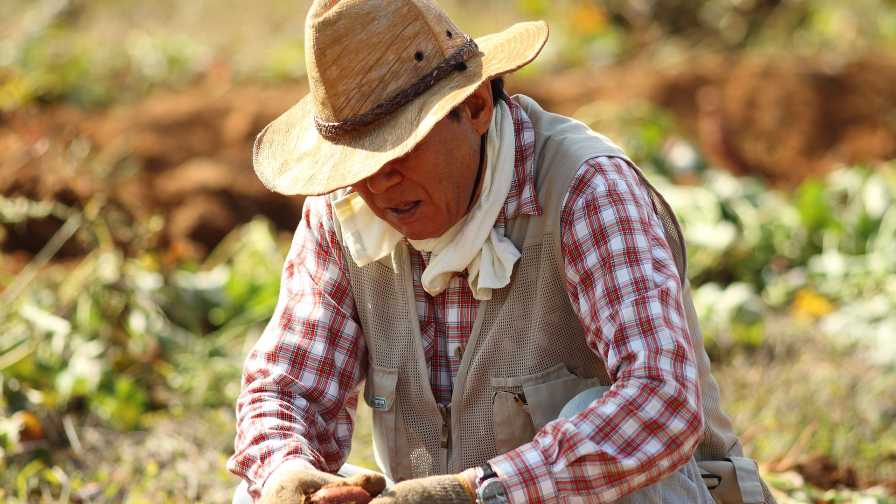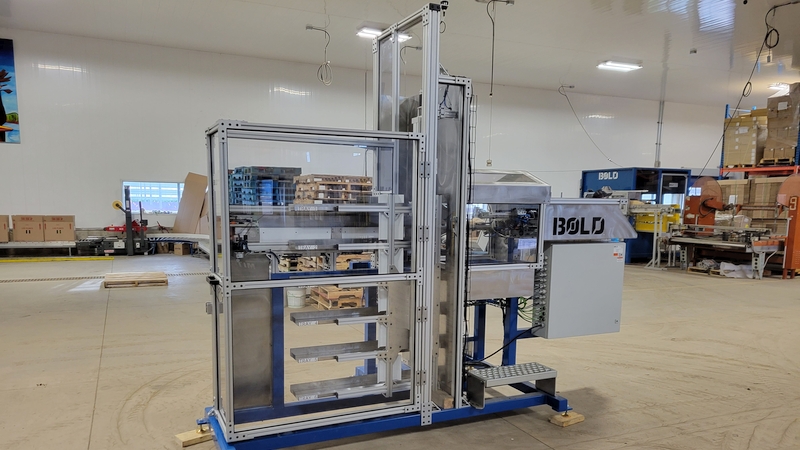The Current and Future Farm Labor Outlook in Mexico
 The potential growth of agricultural demand by 2050 in Mexico will likely involve reorganization of the sector and its development. Due to its geopolitical location and social results of its economic model dating back to the 1980s, Mexico has seen its migration problems grow rapidly in the last two decades.
The potential growth of agricultural demand by 2050 in Mexico will likely involve reorganization of the sector and its development. Due to its geopolitical location and social results of its economic model dating back to the 1980s, Mexico has seen its migration problems grow rapidly in the last two decades.
Unfortunately, in Mexico, abandonment of the countryside has been a constant, generating problems such as loss of food sovereignty, increase of poverty in rural areas, migration of millions of Mexicans from their places of origin, and stagnation of the national economy.
According to SEDESOL data (Ministry of Social Development in Mexico), of the more than 9 million people comprising the labor workforce, 40% must migrate to other areas, whether within or outside the country, to find better job opportunities.
The predominant reasons for Mexican emigration to the U.S. are related to labor. The salary gap between both nations explains this to a large extent. However, there are other determining factors in Mexico: the lack of formal employment, the existence of precarious formal employment, and the extraordinary size of the informal economy.
The Trump Factor
The speeches and actions of President Donald Trump have certainly had an effect on migration in recent years.
According to The Washington Post and a Pew Research Center study, since before President Trump came into office, there were more Mexicans who were leaving the U.S. than those who arrived. Between 2009 and 2014, one million Mexicans and their families (including their children born in the neighboring country), returned to their country of origin, compared to the 870,000 who came to live in the U.S.
The volume of Mexican migrants to the U.S. has remained constant. But when you consider the descendants of second- and third-generation Mexicans, experts estimate that there are now nearly 35 million Mexican countrymen in the U.S., approximately 30% of the current population of Mexico.
Central America
In recent months, the concern in Mexico has gone beyond those who choose to leave to go to the U.S. Now, the concern of the population and the Mexican government is also about migrants from Central and South America, who initially intended to go to the U.S., but preferred to stay in Mexico instead.
So what exactly is Mexico doing to prevent more Mexicans from pursuing the “American Dream” and choosing to stay?
Mario Steta Gándara, Vice President and General Manager at Driscoll’s, who spoke at the 2018 Industry Summit in Mexico, noted that the Mexican government and businesses are doing whatever they can to retain labor, avoid migration, reduce the leak of human capital, provide developments to improve housing in rural areas, and, in general, care for workers.
Steta Gándara said that, in order to avoid these problems, including migration, “sustainability and/or feasibility of our sector will only be preserved if we provide our workers in the field with opportunities. We are all responsible: growers, companies, and the government.”
Steta Gándara added that the decrease in the availability of labor for agriculture, and particularly for horticulture, should be modified through equity in both pay and quality of life. In particular,
Steta Gándara offered the following suggestions:
• Be compliant with laws, regulations, agreements, and labor standards
• Provide a decent income beyond the minimum wage
• Create better jobs and working conditions (technology is already playing a significant role in this)
• Contribute to improve the basic welfare and infrastructure conditions, inside and outside the work area.









